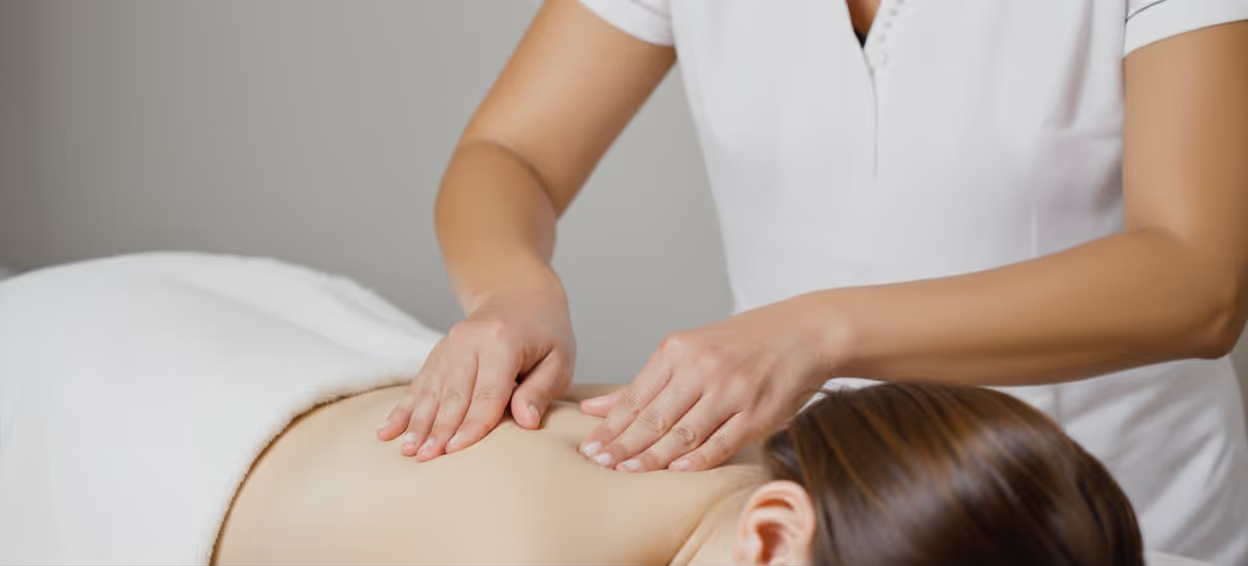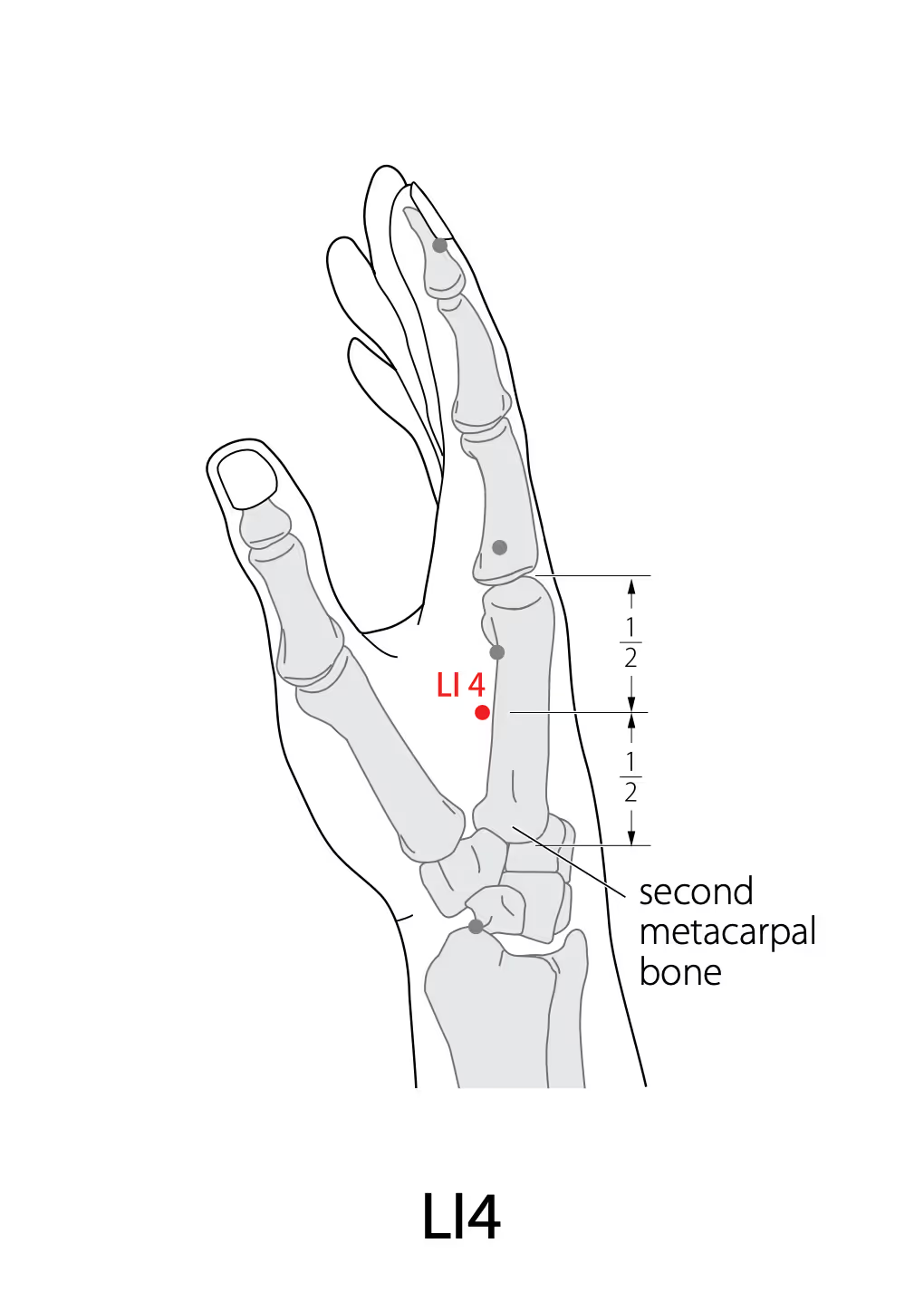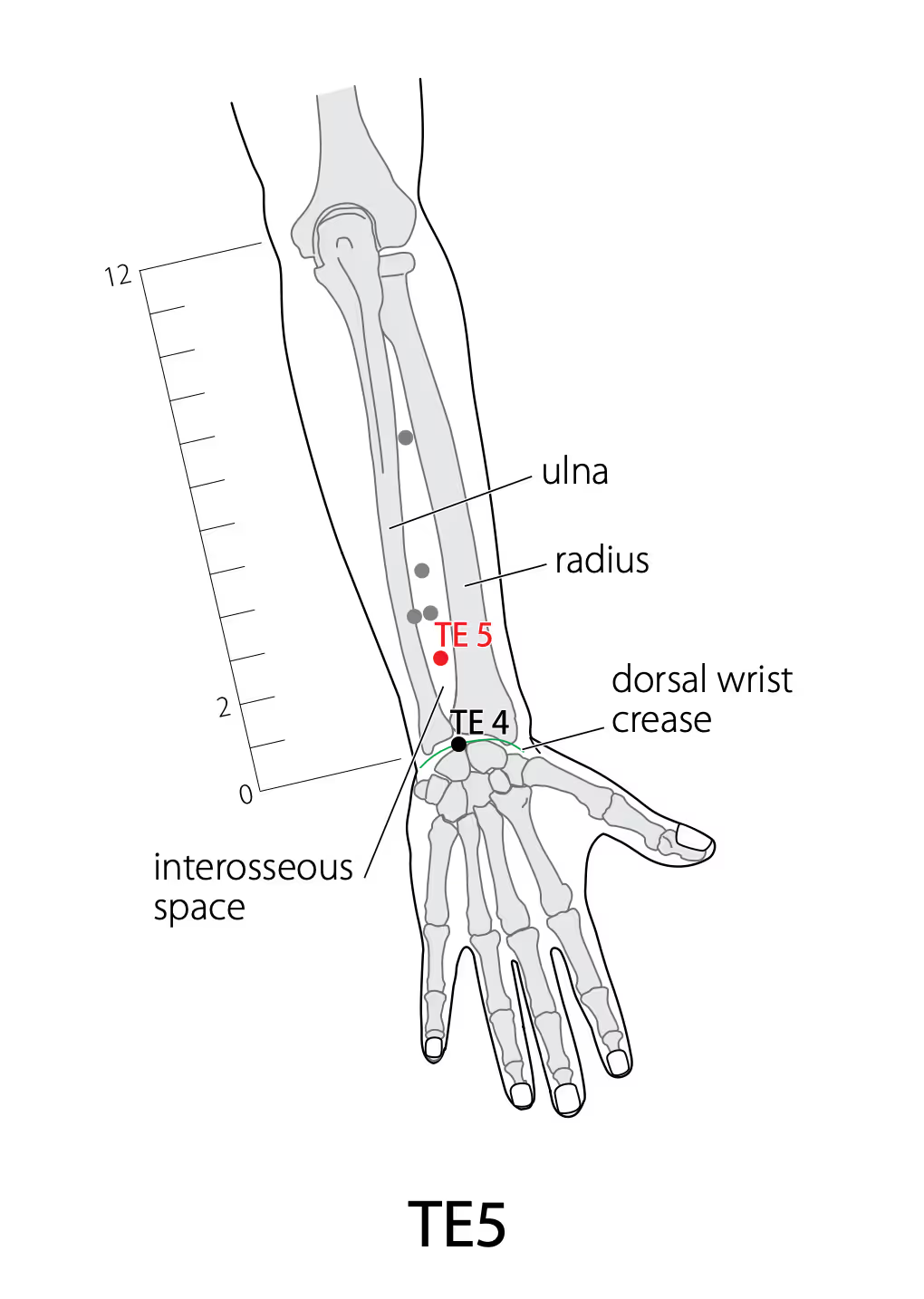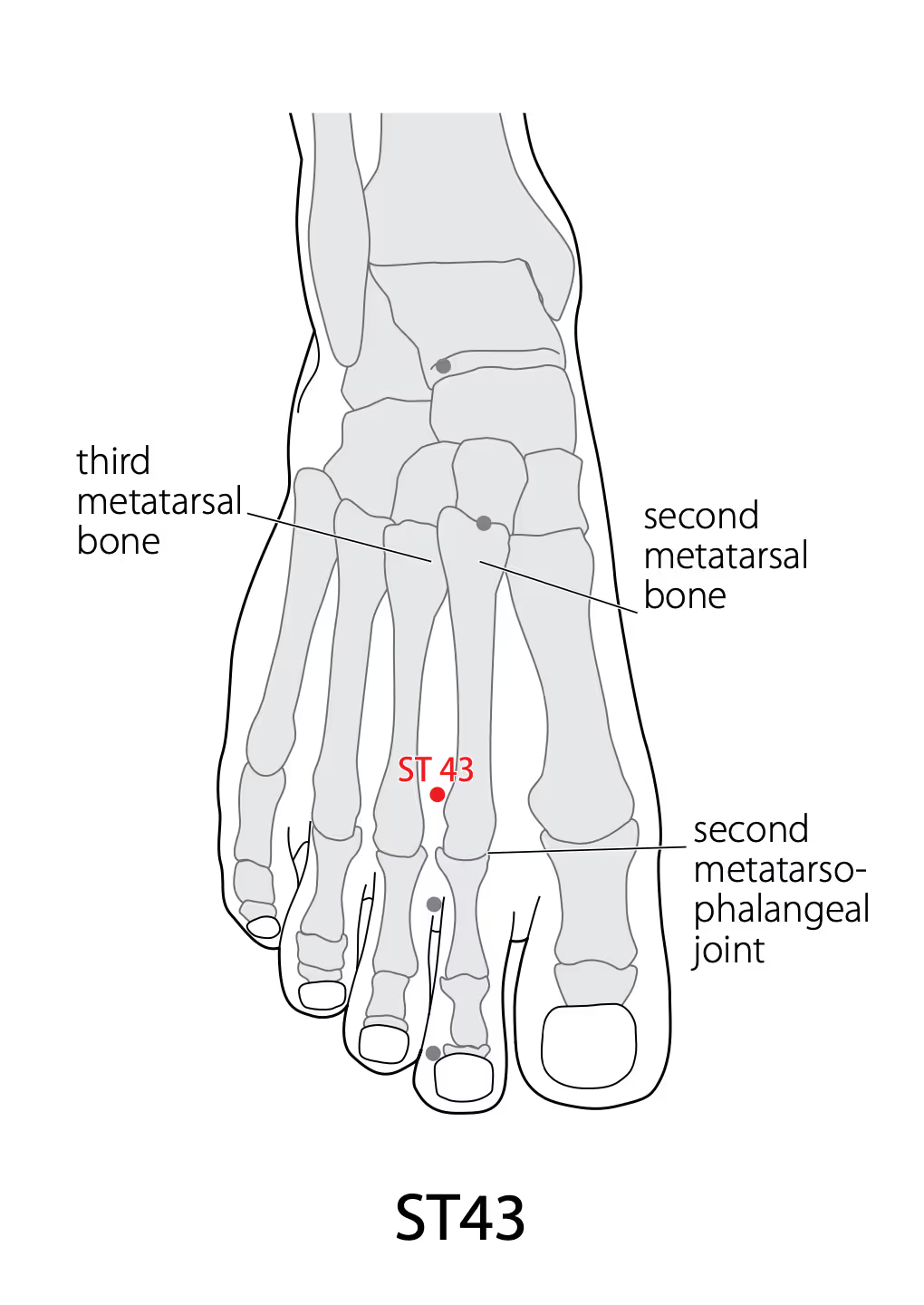Headache
Your day is dictated by the pain in your head. It might be a tight, constricting band that makes it impossible to focus at work. It could be a throbbing, pulsating pain behind one eye that sends you retreating into a dark, quiet room. You might feel a dull, heavy ache that drains your energy and makes even simple conversations feel exhausting. Planning your life becomes a gamble, always fearing the onset of the next attack, and the constant cycle of pain and anxiety is draining.

Tension Headache
The most common type, often described as a constant, dull ache or a feeling of a tight band around the head. It's frequently linked to stress and muscle tension in the neck and shoulders.
Migraine Headache
A severe, throbbing pain, typically on one side of the head. Migraines are often accompanied by nausea, vomiting, and extreme sensitivity to light and sound.
Cluster Headache
An intensely painful headache that occurs in cyclical patterns or "clusters." The pain is often described as a sharp, burning, or piercing sensation located in or around one eye.
Mapping your pain to its source
The relentless pounding in your head is more than just a symptom; it's a signal from your body that something is out of balance. In Traditional Chinese Medicine (TCM), the head is where all the body's Yang (active energy) channels meet. A headache is a sign that the flow of Qi (vital energy) and Blood to your head is either blocked ("too much") or insufficient ("not enough"). We don't just mask the pain; we seek to understand its origin, offering a path to lasting relief and a clear, calm mind.
Liver Yang Rising
This is the classic pattern for stress-induced headaches, migraines, and tension headaches. When emotional frustration, stress, or anger causes the Liver's energy to surge upwards uncontrollably, it results in a throbbing, distending pain, often on the temples (the Gallbladder channel, the Liver's partner) or the top of the head. It's often accompanied by irritability, dizziness, and a bitter taste in the mouth.
Qi and Blood Stagnation
This pattern causes a fixed, stabbing, and severe headache, often resulting from a past head injury or chronic neck tension that physically obstructs flow. The pain is persistent and feels like a nail is being driven into a specific point.
Kidney Deficiency
If your headache is a dull, deep, and "empty" ache, often located at the back of the head (occiput) or deep inside the brain, it may be due to an underlying deficiency. This type of headache is worse with overwork and fatigue and is often accompanied by low back weakness, dizziness, and fatigue. It's a sign that your body's foundational energy is depleted.

Lifestyle & Diet Tips
Soothe Your Liver, Nourish Your Roots, and Smooth Your Flow.
Mindful De-Stressing
Engage in daily meditation, deep breathing, or gentle yoga. These practices help to soothe Liver Qi stagnation, preventing the energetic surges that trigger stress headaches.
Calming Herbal Teas
Chrysanthemum (Ju Hua) and peppermint (Bo He) are excellent herbs for cooling and calming a hyperactive Liver Yang. A warm cup of tea can be a wonderful natural remedy for a brewing headache.
Restorative Sleep
Your body's Yin and Blood are replenished during sleep. A consistent sleep schedule is crucial for anchoring Liver Yang and nourishing Kidney Yin, preventing deficiency-related headaches.
What you should avoid
Guard Your Energy, Maintain Your Calm.
"Screen Time" Burnout
Staring at screens for prolonged periods consumes Liver Blood (as the Liver opens to the eyes). Take regular breaks using the 20-20-20 rule (look at something 20 feet away for 20 seconds every 20 minutes).
Exposure to Wind
Wind is a primary cause of sudden-onset headaches. Protect your neck and head from drafts, wind, and abrupt temperature changes with a scarf or hat.
Emotional Overload
Intense bursts of anger, frustration, or stress directly impact your Liver Qi, causing it to stagnate or surge upwards. Practice emotional regulation to keep your Qi flowing smoothly.
Know your condition to precisely relieve your pain at home.
Find out your body pattern in few minutes - which is essential for every TCM practitioner.
Your TCM advice, diagnosis and treatment plan
Take Assessment
Know your body pattern with our online assessment
Consult a TCM practitioner online
Talk to a practitioner via online consultation
Visit a TCM clinic offline
Receive full diagnosis at a local clinic
Get a personalized treatment
Get tailored treatment plan at the TCM clinic
Schedule an appointment now.
Talk to a TCM practitioner online at your convenience - no commute, no clinic wait.!
Headache FAQs
What people like you are asking about headache and its treatments
In TCM, headaches are seen as a signal of a deeper imbalance in the body rather than just a symptom to be suppressed. The pain is thought to arise from a disruption in the flow of "Qi" (pronounced "chee"), which you can think of as your body's vital energy. This disruption can be caused by a variety of factors, both external and internal, which a TCM practitioner will aim to identify and treat.
TCM may be used to treat migraine headaches, cluster headaches, tension headaches, rebound headaches.
While acupuncture is used to open the meridians and collaterals and to balance yin and yang, the different types of headache will often be caused by various patterns of illness diagnosed by TCM and the acupuncture treatment will inherently differ accordingly from one person to the next based on their individual needs.
Individuals suffering from medication-overuse headaches may inquire about the role of TCM in breaking the cycle of overuse.
Acupuncture points used to treat acupuncture will vary according to an individual’s condition and the acupuncturist’s experience. The combination of acupuncture points used are selected according to the pattern of disease diagnosed and the location and qualities of the headache. A few frequently used acupuncture points used to treat headaches include: LI4, LR3, TE5, GB20, and BL63.


